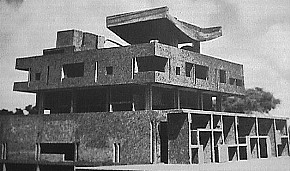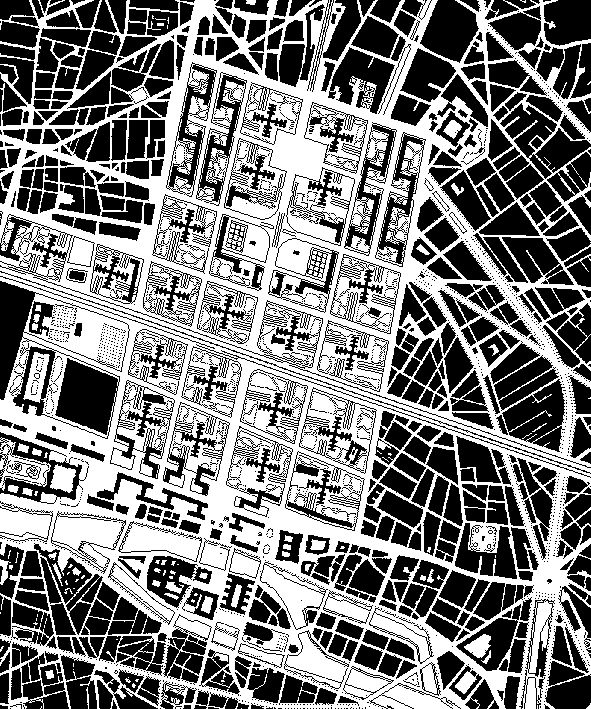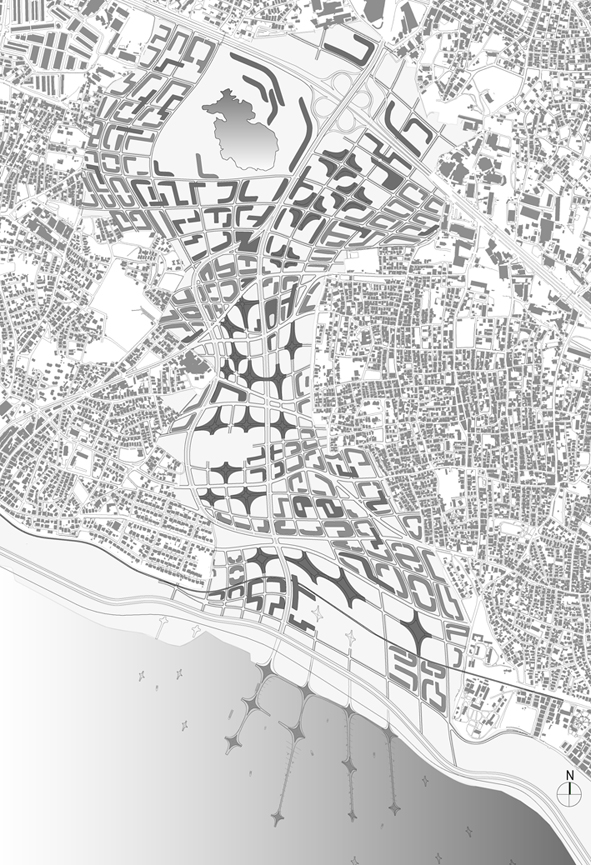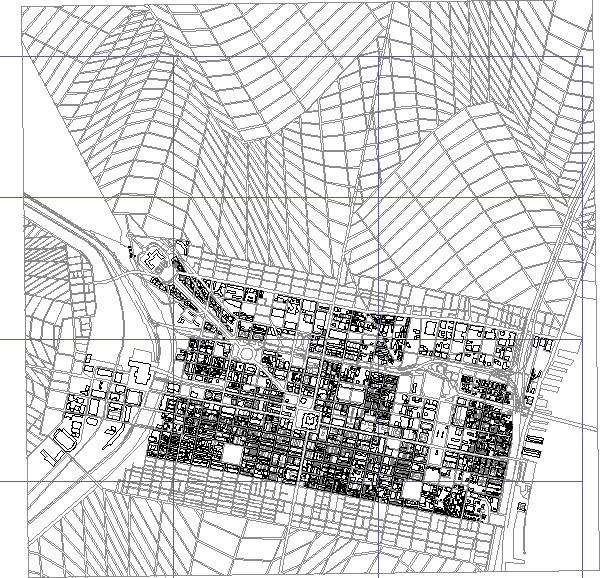2012.11.24 11:35
22 November
I'm quickly reminded of a short passage I read last night--


--which seems somewhat related to your analogically jumping comment/question.
Schumacher's passage unwittingly describes subversive reenactment. Is subversive reenactment then a key ingredient of avant garde design? See how Le Corbusier subversively reenacts via re-interpretation, the Villa Savoye.
There's the new movie Lincoln, which tries very hard to be as close to the original as possible, and earlier this year there was the movie Lincoln, Vampire Slayer. Does (historical) fiction sometimes easliy fall into the category of subversive reenactment?
The logisital objective of a crime-scene reenactment is to reproduce the crime as closely as possible, and the aim of the reenactment is for the police investigators to gain a form of eye-witness experience of the crime. Reenactment within the philosophy of history has the same aim.
Perhaps subversive reenactment just happens to be a very good way to come up with something new again.
2012.11.24 16:40
22 November
I would just caution that reenactment, revivalism and appropriation have relationships to each other, but they are not the same thing. Also, the negative aspect of Schumacher's quote is how hard he tries to deny that reenactment is part of Hadid's early design process.
2012.11.24 18:55
22 November
Another example of Le Corbusier subversively reenacting the Villa Savoye is the upper half of the Governor's Palace designed for Chandigarh.

Actually, subversively isn't really the right term. Le Corbusier metabolically reenacts the Villa Savoye.
| |
2013.08.06 09:43
Art History
My biggest meme is not "everything is a reenactment." I've been doing a lot of research/analysis regarding reenactment within architectural design over the last 16 years, and I like calling out a reenactment when I see one, but I've never espoused the notion that everything (now) is a reenactment. You can see pretty much all of my research/analysis (so far) here: 51, 52, 53, 54, 55, 56.
2013.09.17 09:54
Video from Jacque Herzog's Columbia Lecture
In referring to the four inserted 'anchor' spaces of the Espacio Goya project, new spaces which replicate other (original) spaces throughout Spain that contain in situ murals painted by Goya, Herzog more than once used the word 'reconstituted.' To reconstitute means "to build up again by putting back together the original parts of elements." Since the original spaces are still entact, the proposed 'anchor' spaces of the Espacio Goya design are not a reconstitution. The correct word to describe the four 'anchor' spaces of the Espacio Goya is reenactment, as in, the four original spaces that contain Goya murals are enacted again at the Espacio Goya.
In separate contexts and almost just in passing, Herzog described both Stirling and Rossi as having "lost their [architectural designing] way" [as their careers matured]. This caught my attention because it is exactly the "lost ways" of Stirling and Rossi that have interested me the most over the last 30 years. Sixty years ago, many critics thought Le Corbusier 'lost his way' with Ronchamp, yet it is exacly the late (unexecuted) work of Le Corbusier that is now often a paradigm for current architectural works (including some works by Herzog and de Meuron).
Right now I'm wondering what projects will (or already do) indicate Herzog and de Meuron having lost their way. Perhaps Actelion Business Center is a leading indicator, or maybe it's the purposefully mis-described 'anchor' rooms of the Espacio Goya.
2013.11.22 22:13
22 November
2013.11.22: Patrik Schumacher himself posts twice within an Archinect news item.
I'd like to see a same scale comparison of Le Corbusier's Plan Voisin and ZHA's Kartal Pendik Masterplan.


subliminal/subversive reenactment?
Still remembering 1999.08.14 at Quondam:

| |
2014.05.23 13:28
17 May
When I started to redraw the Ichnographia (via CAD in 1987) I had no knowledge of the 'philosophy of history' notion of reenactment. Soon after learning about the 'philosophy of history' notion of reenactment (in 1997), I realized that my redrawing of the Ichnographia was a form of reenactment. It was exactly like learning about the workings of reenactment while unwitting performing a reenactment, where, thus, second-hand knowledge (of reenactment) quickly became first-hand knowledge (of reenactment).
2015.03.20 20:36
Duplitecture and the Downfall of Rep. Aaron Schock
Regarding Original Copies: Architectural Mimicry in Contemporary China, perhaps google search 'reenactionary architecturism'
2015.05.26 13:54
New photos of E. Fay Jones' Thorncrown Chapel unveiled to mark 35th anniversary
The issue is the distinction of copy and imitation and influence within architectural designing. Note, too, how the example of "design via copying" illustrated above involves the plans of buildings that were never built. There is no physical object to replicate.
|